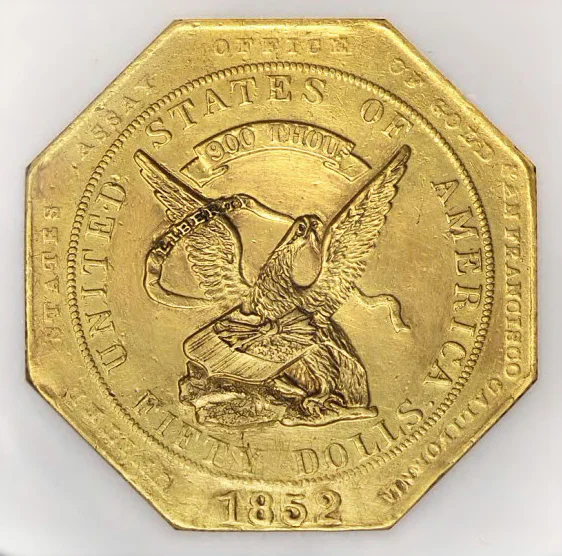Shaws Flat
/A man by the name of Mandeville Shaw planted an orchard here on the eastern slope of Table Mountain in November of 1849. Gold was discovered in the area at about the same time and by early 1850 a sizable camp had been established, which was christened Shaws Flat in honor of the popular merchant and fruit grower.
Read More




















